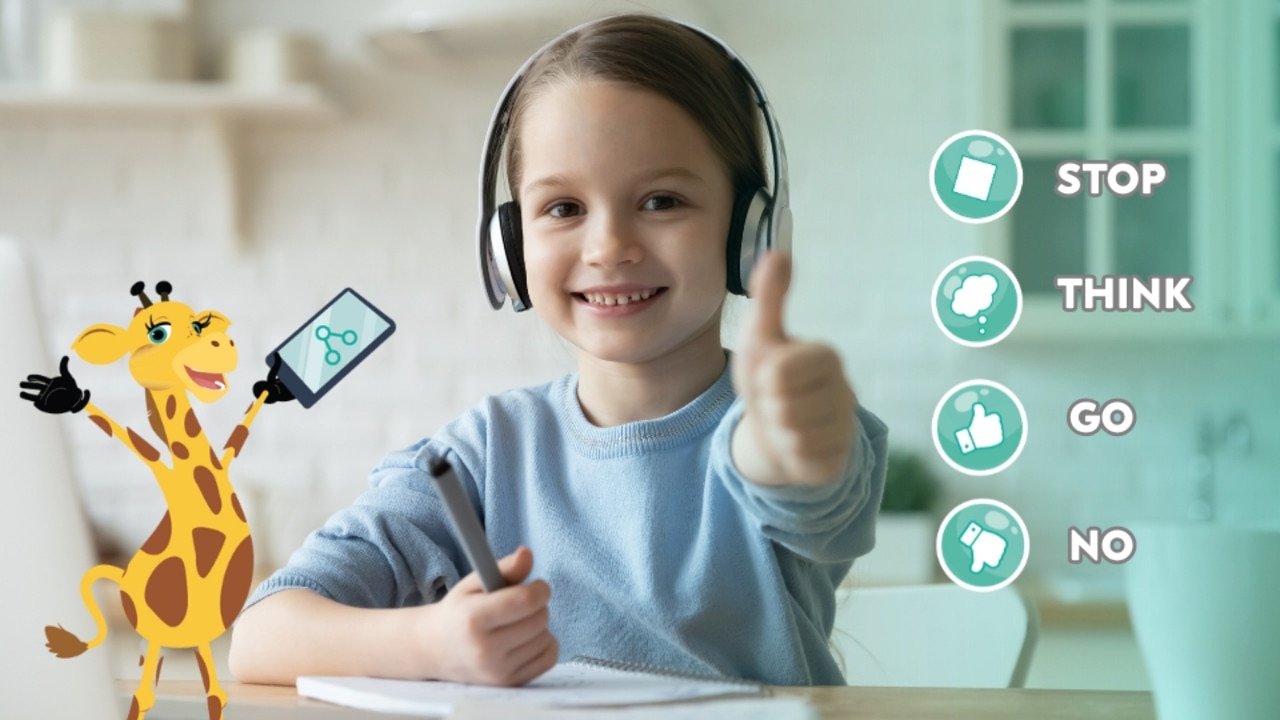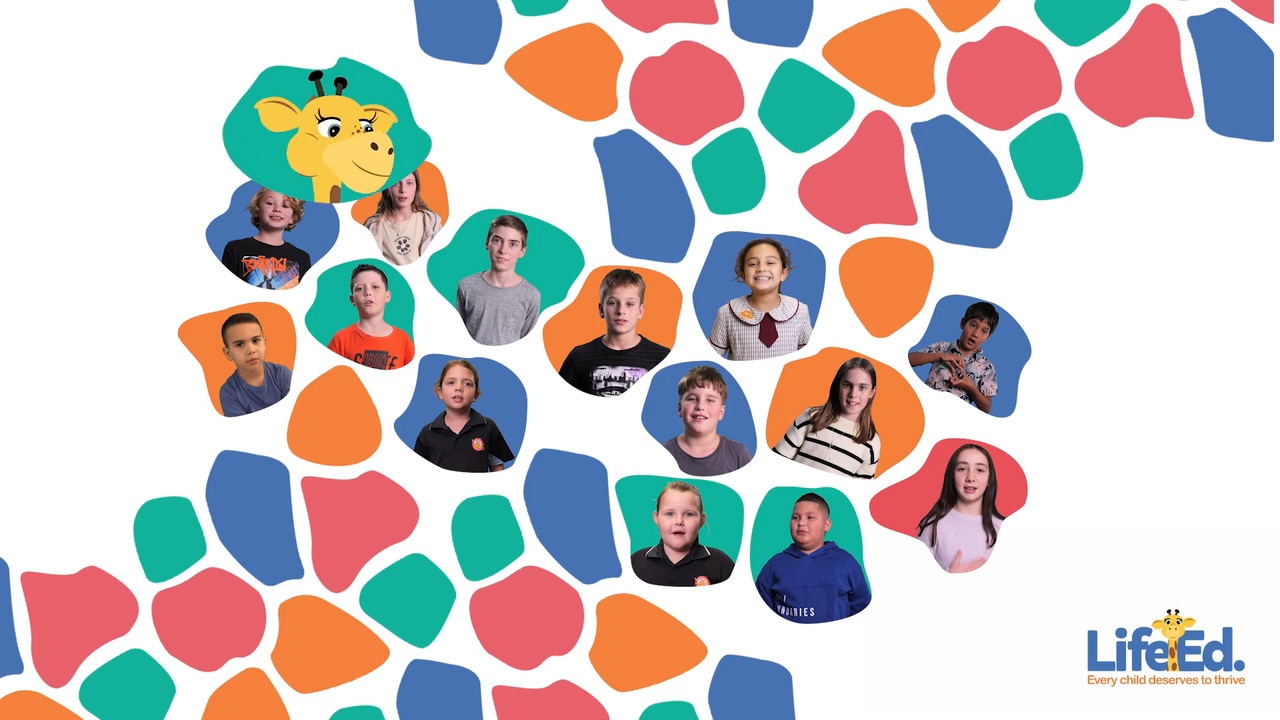Healthy Harold and friends
Healthy Harold and his mates thought they were safe online while building a fun new game together – but things soon went wrong so they got help and came up with a simple code for other kids

READING LEVEL: GREEN
Hey, friends! It’s Healthy Harold here, and I’ve got a story about some things that happened online recently to me and my pals, Red and Boots. So, the three of us were super excited — we had just started building our own online world in a new game. We created all sorts of cool stuff, like buildings, castles, trees and bridges over creeks.
We thought we were safe online. At first, it was fun … until things started to go wrong. Let me tell you about some of the issues we had online and what we did to keep ourselves safe and make sure the game stayed fun.
The first problem was that we didn’t set our game to private, so random people started joining our world. Some of them were being really … well, creepy. Pretty soon, our fun game wasn’t so fun anymore.
In our game, one of the players started asking Boots where she lived and what school she went to. That’s a big no-no! When you’re online, never share personal details like your real name, address, school, or even your phone number. If someone asks for that kind of information, remember to STOP and say NO. Always tell an adult if someone makes you uncomfortable.
When things got weird in our game, Red and Boots weren’t sure what to do at first. That’s when I reminded them, it’s always OK to talk to someone you trust about how you’re feeling online. Whether it’s a parent, a teacher, or an older brother or sister, make sure to get help if something feels off. No problem is too small. We spoke to my gran and she gave us some good advice.
Gran suggested we should’ve set our game to private so random players couldn’t join. When you’re playing online, it’s a good idea to stick to playing with friends you know in the real world. Also, agree on the rules and what you’re going to do in the game, so no one gets upset. It’s more fun when everyone agrees and feels respected.
Another day while we were playing, Red bought some downloadable content that wasn’t suitable for him without asking his parents. It had stuff in it that was a bit spooky and not great for young people our age. It’s important to always check the game ratings before playing, to make sure the game is suitable for your age. Did you know that games have ratings just like movies and TV shows? These ratings let you know what the main themes are and who the game is suitable for. Red, Boots and I like to play games rated G, or PG if we are playing with a parent.
And finally, don’t forget to take breaks. Sometimes, you get so into a game that you can play for hours without realising it. But it’s super important to rest your eyes, stretch, and maybe even get outside for some fresh air.
In the end, Red, Boots and I figured out how to keep our game safe and fun. We made our world private, talked to an adult when we needed help, and made sure we were playing the right kind of game suitable for us.
A simple rule we like to use is Stop, Think, Go, No.

It’s a simple rule you can use anytime you’re online. Before you click a link or open a video, if something doesn’t feel right, or if someone’s being unkind or trying to trick you, STOP. The next step is THINK about what’s happening — is this a good choice, does it seem safe? If it is then GO ahead and have some safe fun. But if it makes you feel sad, scared, or worried, or it is making you uncomfortable, say NO to going any further. Then it’s important to tell an adult you trust before you decide what to do next.
So remember, staying safe in the online world is just as important as staying safe in the real world.
Play safe, friends.
Harold out!
WATCH THE VIDEO

NOTE FOR TEACHERS
“Harold’s Online World” is a new Life Ed module designed to support Year 1 and 2 students to be safe online. It has engaging and educational animations, interactives, hands-on material and opportunities for students to practise skills and strategies. The module is evidenced-based and aligns to the Australian Curriculum and State/ Territory syllabi

